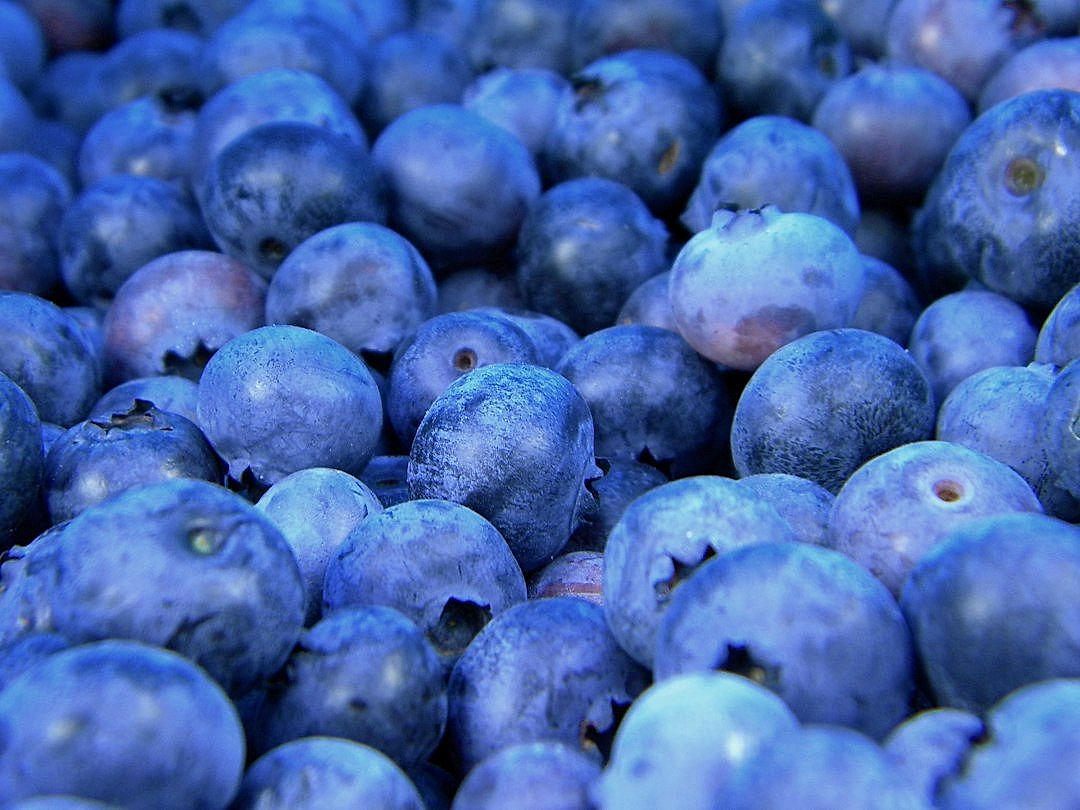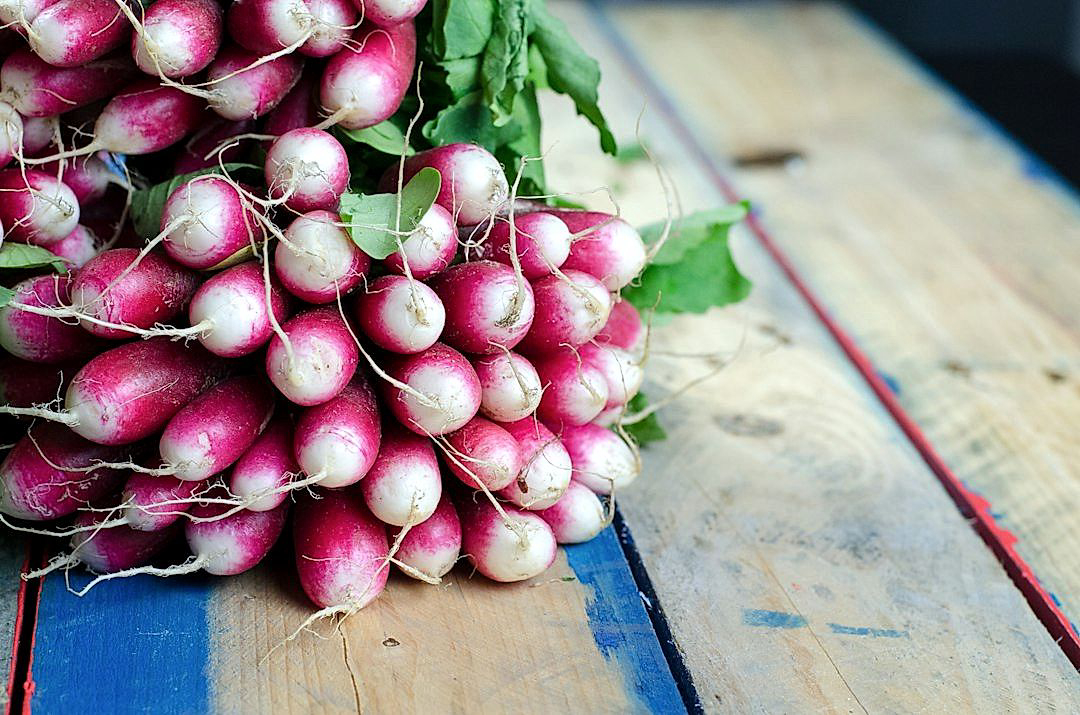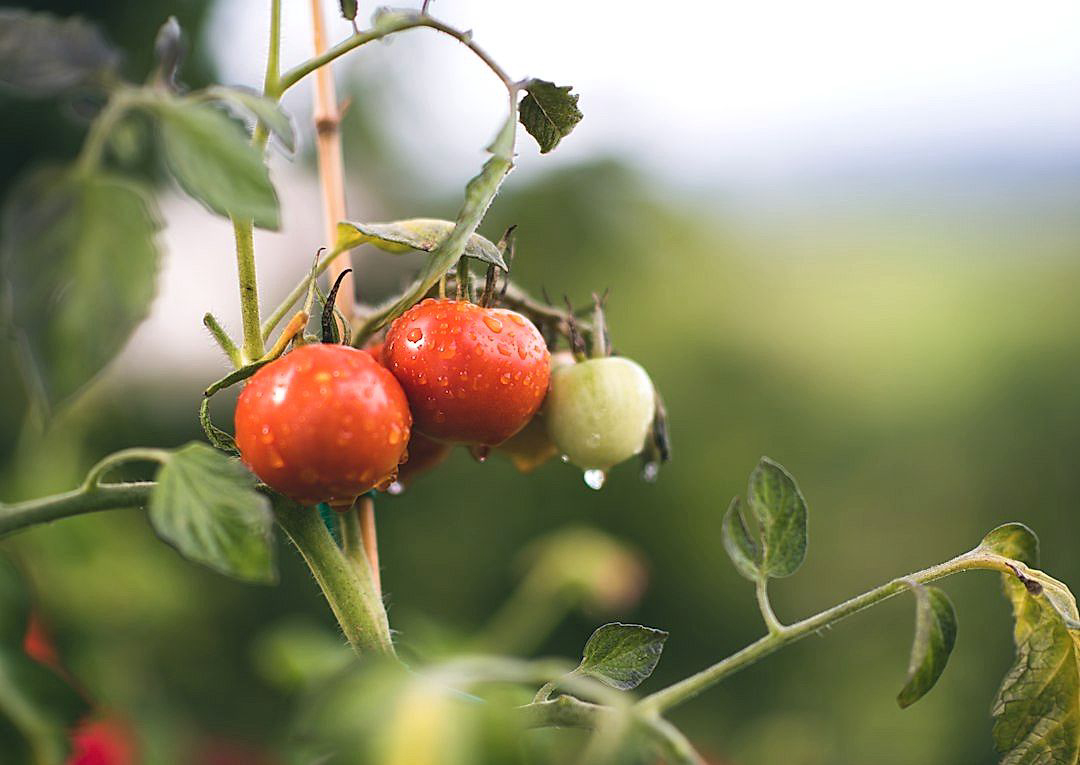Ensuring consistency in the quality of packed produce presents a significant challenge and a critical aspect for any large-scale farming operation.
In an industry where consumers are increasingly quality conscious, there’s no room for error.
From the field to the grocery aisle, maintaining the integrity and freshness of fruits and vegetables is paramount.
We understand that achieving this requires a thorough understanding of best practices, cutting-edge technology, and fine-tuned processes.
Addressing these challenges strategically can not only preserve product quality but heighten customer satisfaction and loyalty.
This article will share several vital tips that will empower farming businesses to achieve these objectives proficiently.
Contents
- Tips For Maintaining Consistent Quality In Produce Packing
- 1. Set and implement strict quality inspection standards
- 2. Train Staff Regularly on Quality Assurance Procedures
- 3. Invest in high-quality, durable packing materials.
- 4. Keep a Clean and Hygienic Packing Environment
- 5. Follow Best Practices in Produce Handling and Storage
- 6. Adjust Packing Methods Based on Produce Type
- 7. Regularly check and maintain packing equipment.
- The Bottom Line
Tips For Maintaining Consistent Quality In Produce Packing
1. Set and implement strict quality inspection standards
The importance of setting and implementing strict quality inspection standards cannot be overstated when it comes to maintaining consistent quality in produce packing.
Produce, being a perishable commodity, is often exposed to a myriad of threats that can degrade its quality.
This makes it imperative to establish robust quality inspection protocols to ensure that only the best gets to the consumers.
Quality inspection starts from the raw produce received from the farm.
Sorting should be done to assess the quality of produce based on color, size, and absence of physical injuries or diseases.
The next inspection stage involves monitoring the sorting, washing, and packing procedures.
The hygiene levels of the packing employees, the cleanliness of the sorting and packing tables, and the sanitation of the crates used for packing should all be under quality scrutiny.
Adherence to the quality inspection standards not only ensures that the consumers receive produce of high quality, but it also helps in enhancing the reputation of the packing company, making its products more marketable.
Furthermore, produce packing companies should preserve the set standards across the board to maintain consistency.
Discrepancies should be addressed immediately and improvements should be constantly made to enhance the quality procedures.
One of the ways to ensure that the quality standards are met is by regular auditing of the quality inspection processes.
This enables the company to identify any lapses and make appropriate refinements.
Constant updates on food safety protocols and legislative requirements on food quality are also necessary to ensure that the company’s quality inspection standards are not only robust but also compliant.
Implementation of strict quality inspection standards should therefore be a core objective in any produce packing company.
This, in turn, helps in building a strong brand that is associated with quality and consistency.
Sustaining high quality levels in the produce packing industry is particularly significant because consumers are becoming increasingly concerned about the quality of the food they consume.
The achievement of high quality therefore serves as a competitive advantage in the produce packing industry.
2. Train Staff Regularly on Quality Assurance Procedures
Regular and continuous training for staff members working in produce packing environments represents a core pillar of maintaining consistent quality. Quality assurance is pivotal in ensuring a consistently top-tier product reaching the market.
From understanding the fine subtleties of produce handling to knowing the inner workings of packing machinery, trained staff can substantially lift the quality of the finished product.
Indeed, an employee well-schooled in quality assurance procedures ensures not only consistent quality but can also identify potential issues before they evolve into significant problems.
To this end, businesses should invest time and resources into developing comprehensive quality assurance training programs.
These training programs should cover both the theoretical and practical aspects of quality assurance within a produce packing environment, equipping employees with the knowledge they need to make informed decisions on the job.
Conducting regular workshops and training sessions ensures that all staff members have a deep understanding of your company’s quality benchmarks and know how to achieve them.
Moreover, refresher training helps to keep the information at the top of employees’ minds and reinforces the importance of adhering to quality assurance procedures.
Use both informal and formal training sessions to continually educate your workforce. While often overlooked, informal networking and knowledge sharing between peers can greatly contribute to staff upskilling, further ensuring the consistency in produce packing.
Training programs should also be reflected in company documents such as job descriptions and operational guides, further cementing the practice of quality assurance across the business.
To validate training effectiveness, use regular assessments and on-the-job evaluations. This not only facilitates a quality-focused work culture, but also helps identify areas where additional training may be required.
Remember that employee training is an ongoing commitment; it does not stop after initial orientation.
This continuous learning helps keep employees up to date with the latest industry standards and best practices, ultimately promoting consistency in product quality.
Moreover, providing training for staff in quality assurance procedures increases their efficiency, morale, and job satisfaction. They are more likely to remain with the company and contribute to maintaining a consistent high-quality standard in produce packing.
Undoubtedly, staff training is an important aspect of the business, which is recognized industry-wide. With adequate and regular training, your staff will be more confident, knowledgeable, and committed to ensuring the highest standard of quality in produce packing.
Overall, continuous training of staff on quality assurance procedures does not simply maintain, but rather, it enhances and ensures consistent quality in produce packing.
3. Invest in high-quality, durable packing materials.
Undoubtedly, high-quality and durable packing materials play a crucial role in maintaining consistent quality in produce packing.
Without minimizing the importance of other facets, the packing material you select can directly affect the freshness and overall quality of the produce.
Not only does it contribute to food safety, but it also enhances the aesthetic appeal of the products, creating a positive perception for the customers.
This investment is not just about the initial purchase; it involves continually assessing the performance of the packing materials and making necessary upgrades.
Packing materials should be able to withstand varying temperatures and should have the ability to shield produce from harmful external elements.
This implies that investing in high-quality packing materials is a commitment to the longevity of your produce and the satisfaction of your consumers.
Some businesses may shirk from upping their investment in packing materials, citing budget constraints, but this short-term saving could result in a massive long-term loss.
A failure to maintain produce quality due to substandard packing materials could lead to consumer dissatisfaction, product returns, and, eventually, a tarnished brand image.
More so, higher quality packing materials can often be reused or recycled, contributing to cost savings in the long run and also promoting environmentally friendly practices.
Always consider your specific needs when selecting packing materials, with a focus on the type of produce you are handling, its vulnerability, and the expected shelf life.
Remember that the goal is to deliver the produce to the end consumer in the best possible condition, hence the importance of the packing materials cannot be overstated.
It’s crucial to engage the services of reputable suppliers who can guarantee the quality of their packing materials.
Establishing a good relationship with your suppliers can also ensure a consistent supply of the needed materials, reducing the probability of interruptions in your packing process.
Indeed, investing in high-quality, durable packing materials is a strategic move that demonstrates your commitment to quality assurance and customer satisfaction.
The key takeaway is that skimping on packing material quality can significantly compromise the value and integrity of your produce, thus impacting negatively on your business reputation and profitability.
4. Keep a Clean and Hygienic Packing Environment
One major factor often overlooked but essential in maintaining consistent quality in produce packing is keeping a clean and hygienic packing environment.
The packing environment should not only be visually clean but also free from harmful microorganisms that may cause contamination.
To achieve this, regular and thorough cleaning schedules should be put in place.
This involves sweeping, mopping, and disinfecting surfaces and all contact points where the produce is handled.
Appropriate waste management practices are essential in maintaining cleanliness in the packing area. This includes having designated trash bins that are emptied regularly.
Moreover, an unhygienic environment can become a breeding ground for pests such as rats, cockroaches, and flies, which pose serious threats to the quality of the produce.
Thus, having a proactive pest control system is crucial in ensuring a clean packing environment.
Paying special attention to maintaining cleanliness especially during peak production times is vital as this is when the risks of contamination can be highest.
Packing areas should ideally have ample lighting and ventilation to ensure optimal conditions for packing produce.
In addition, workers should be provided with proper personal protective equipment (PPE) and trained on its proper use to further ensure a high level of hygiene in the packing area.
The packing equipment and tools used should also be properly cleaned and sterilized before and after each use.
Having a good understanding of the quality standards that must be met and constant commitment to maintaining cleanliness, hygiene and orderliness of the packing area is integral in preventing produce contamination.
Management staff must also play their part in enforcing cleanliness and hygiene standards, and ensuring that these standards are met consistently.
In essence, maintaining a clean and hygienic packing environment is a proactive approach to preventing potential quality issues in produce packing.
It is through these vigilant practices that businesses can confidently deliver quality produce to their customers.
5. Follow Best Practices in Produce Handling and Storage
One of the essential aspects that influences the quality of the produce packing process is the guidelines and standards used in handling and storing fresh produce.
In order to maintain consistent quality, it’s important to understand the specific needs of different types of produce during storage and handling processes.
Adopting a tailored approach to handling and storage based on the specific needs of each type of produce can help maintain their freshness and quality for an extended period.
For example, some fruits and vegetables must never be refrigerated while others require low temperature to maintain their freshness.
Additionally, mixing certain types of fruits and vegetables could accelerate ripening and eventually result in spoilage due to ethylene gas produced by some fruits.
To avoid such situations, effective segregation and storage practices are required in the packing process.
Moreover, handling fresh produce with care to prevent bruises and damages is necessary as it can directly impact the produce’s quality and appearance, making it less appealing to consumers.
Proper hygiene practices should also be <strictly observed during the handling and storage of fresh produce to prevent the spread of harmful bacteria and other pathogens that could lead to food-borne diseases.
Keeping the storage environment clean and well maintained also contributes significantly to preventing the growth of molds and maintaining the quality of the produce.
When packing, it’s important to ensure the firmness and weight of every produce piece to guarantee that only high-quality items make it to consumers.
The packing method and materials should help maintain the produce’s freshness, not affect its quality negatively.
Lastly, proper use and maintenance of storage facilities, such as refrigerators and coolers, are vital to prevent the fluctuation of temperatures, that could affect the quality of the stored produce.
By following these practices, businesses not only ensure the quality of their products but also build their reputation in the market, thus extending their reach and maximizing profitability.
Therefore, good handling and storage practices are a necessity for maintaining consistent quality in produce packing.
6. Adjust Packing Methods Based on Produce Type
Understanding the specific packing needs of different types of produce is crucial to maintaining consistent quality.
Each type of fruit or vegetable has its own set of packing requirements, and it’s crucial to acknowledge these differences to avoid product damage.
For instance, delicate fruits like berries can be damaged if packed too tightly or if exposed to excessive moisture.
On the other hand, denser produce such as potatoes or onions may not suffer as much under these conditions.
Developing a specific packing routine for each type of produce will ensure that all items are packed in the most optimal way, eliminating the risk of quality degradation during transit.
Apples and pears, for example, require padding to prevent bruising, and a good packing method would involve placing these fruits loosely in the packing box with adequate cushioning material.
Varieties like bananas or tomatoes may need to be packed in single layers to avoid bruising and subsequently, premature ripening.
Such changes in packing methods based on produce type can make a significant difference in maintaining the quality of the packed produce during transportation and storage.
In addition to considering the physical properties of the produce, it’s also important to factor in other aspects like the expected transit time and the destination’s climate while deciding on the packing method.
This careful and meticulous approach towards packing different types of produce contributes immensely towards maintaining consistent quality in produce packing.
Implementing these adjustments may seem demanding in terms of time and resources, but it’s important to emphasize that it’s a worthwhile investment.
The preventative costs associated with adjusted packing methods are usually far less than the potential loss from damaged produce.
This realization has paved the way for many innovative packing solutions specifically tailored for different types of produce.
For example, the use of modified atmosphere packaging technology which changes the composition of the air within the packing to slow down the ripening process of the produce.
Such innovation in packing methods can go a long way in enhancing the shelf-life of the produce, thereby maintaining their quality for a longer duration.
Therefore, the importance of adjusting packing methods based on produce type cannot be overstated when it comes to maintaining consistent quality in produce packing.
7. Regularly check and maintain packing equipment.
Ensuring consistent quality in produce packing is not just about the items being packaged but also about the state of the equipment used in the packing.
It is vital to regularly inspect your packing equipment to determine their operational status and ensure that they meet the set quality guidelines.
Maintenance is a crucial aspect of quality control which fosters efficiency, consistency and productivity in the packing process.
Just like any other machinery, your packing equipment is subject to wear and tear and, as such, may require routine upkeep to keep them in optimal working condition.
Without regular checks and balanced maintenance, your packing equipment could develop disruptions, which could affect the packing process and possibly lead to lower quality products.
Moreover, regular equipment checks offer you the chance to detect any anomalies in the packing process, ultimately allowing you to prevent potential quality issues before they occur.
Regular maintenance also extends the life of your packing equipment, ensuring that you get more value from your investment and saving you from potential costs of replacing deteriorated equipment.
It is, therefore, essential to craft a comprehensive maintenance schedule for your pack equipment, detailing the frequency and scope of the inspections.
This allows for a timely evaluation and overhaul of the machinery which culminates in the production of quality produce packages.
Maintaining your packing equipment also involves providing your staff with the right training and technical skills to handle and operate the equipment effectively.
It’s critical that your workforce understand how to properly use the equipment and are trained enough to spot any signs of machinery breakdown or mishap.
With a trained staff and well-maintained machinery, you can avoid quality inconsistencies in your produce packing and ensure that you consistently deliver the highest quality to your customers.
Comparatively, you must budget for routine maintenance and spare parts costs to ensure you always have necessary supplies available when you need them.
Remember, top-quality delivery is a non-stop commitment; therefore, rigorous maintenance of packing equipment is necessary to uphold the highest quality standards in your produce packing.
Finally, by regularly checking and maintaining your packing equipment, you are setting up your produce packing business for long-term success, ensuring you continue to meet customer expectations and maintaining a high level of product quality.
The Bottom Line
Maintaining the highest quality and freshness in packed produce is a complex process requiring an attention to detail in all stages, from quality standards to packing materials.
These efforts should be supported by regular staff training to ensure best practices are consistently followed.
Moreover, investing in superior and durable packaging materials is instrumental for product safety and longevity.
Hygiene is just as vital, warranting a sanitary packing environment to avoid contamination.
Tailoring packing methods to suit produce varieties can significantly enhance their shelf-life while regular maintenance of packing equipment secures uninterrupted operations.
These steps together work to ensure quality and freshness in packed produce, preserving their appeal and nutritional value for consumers.




